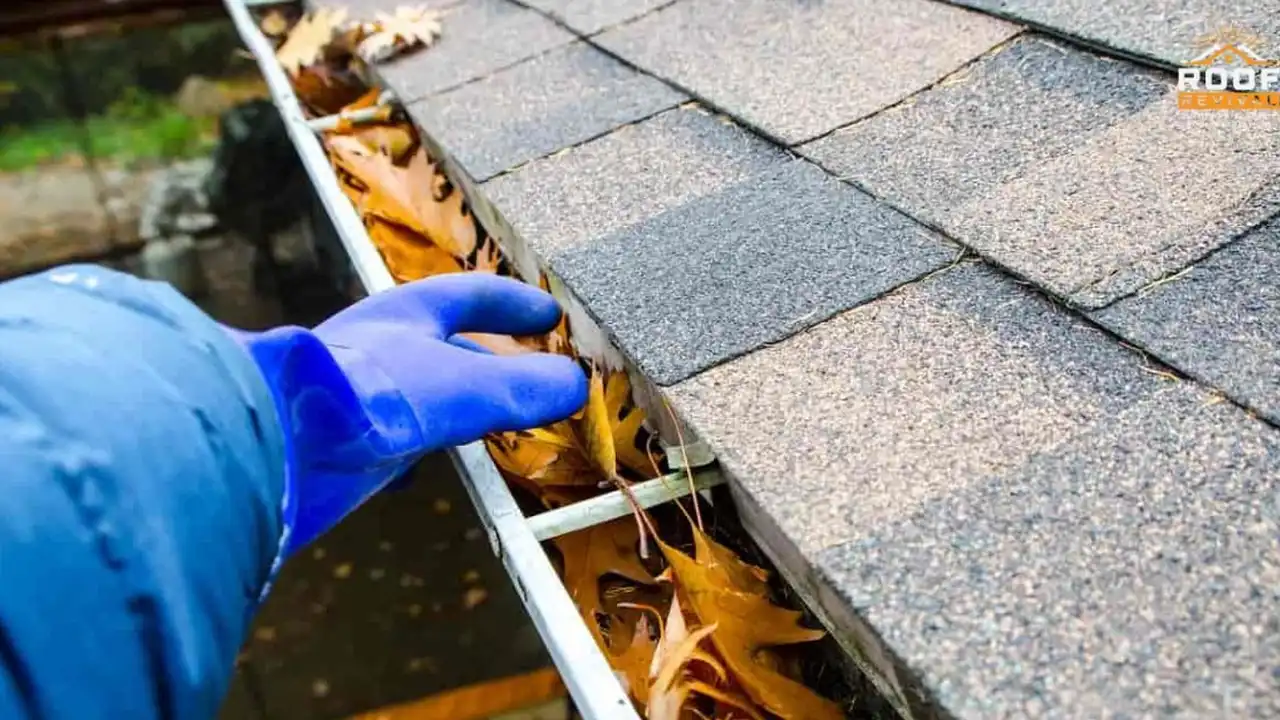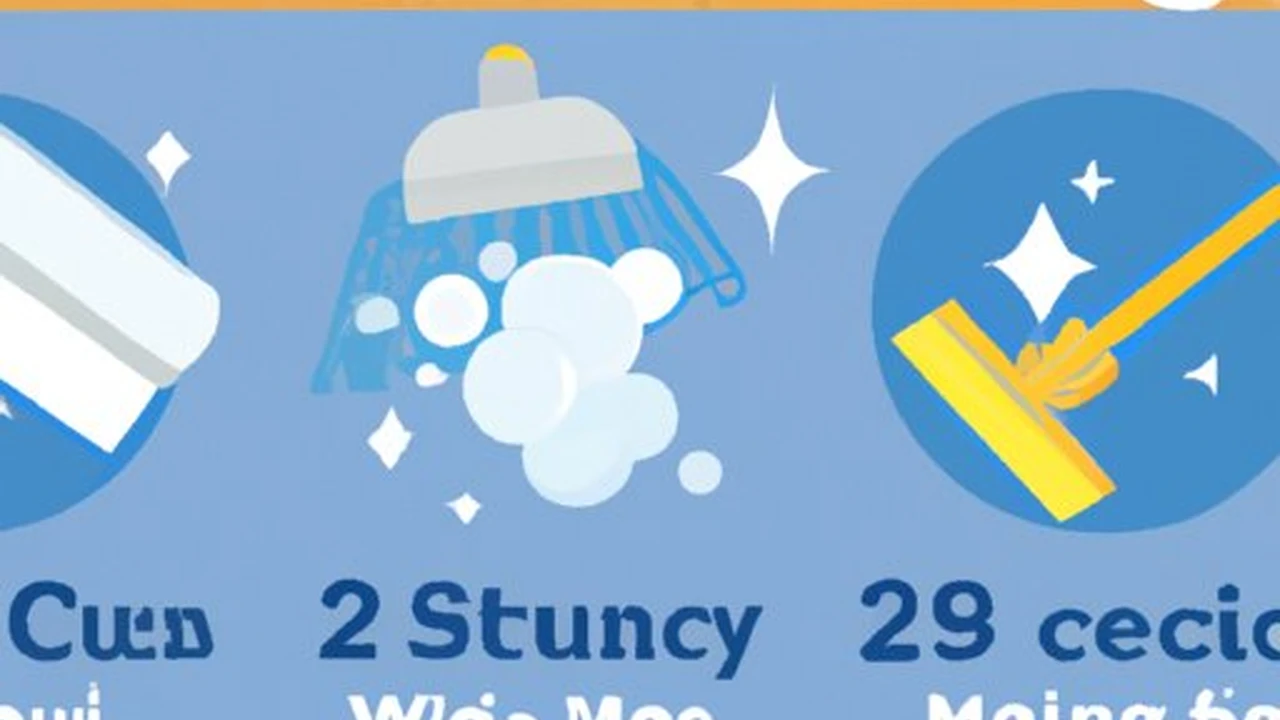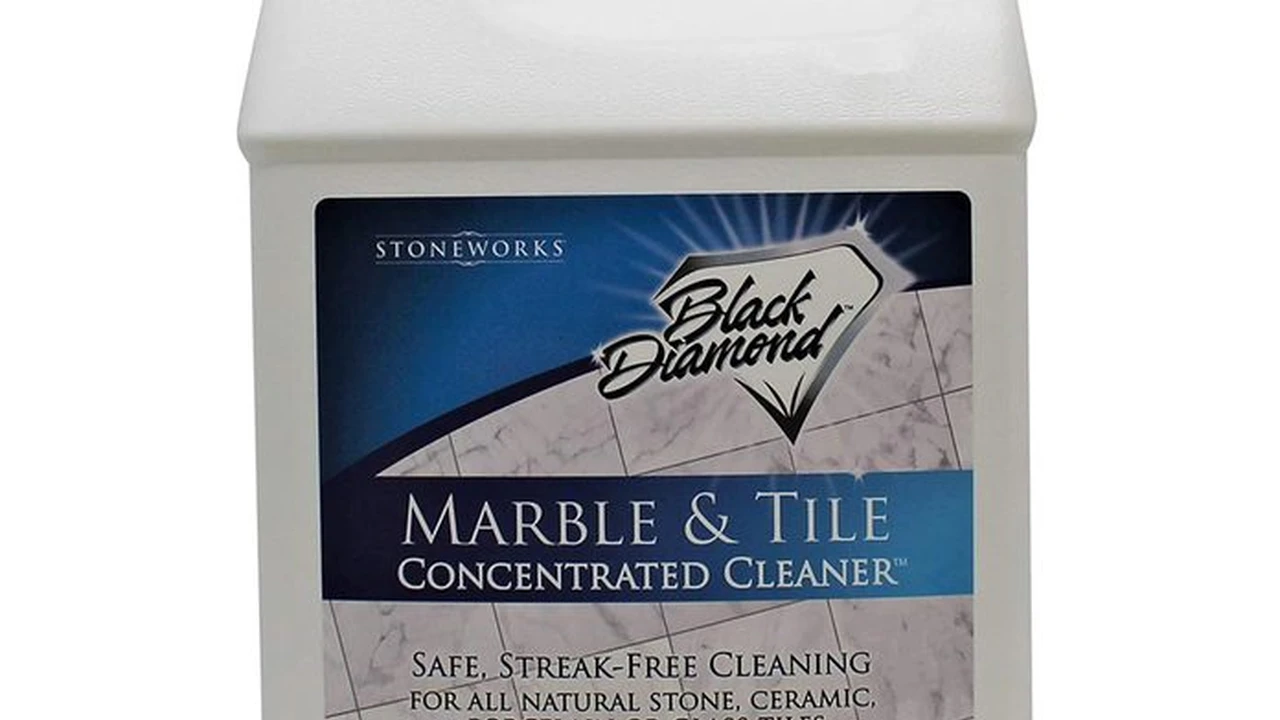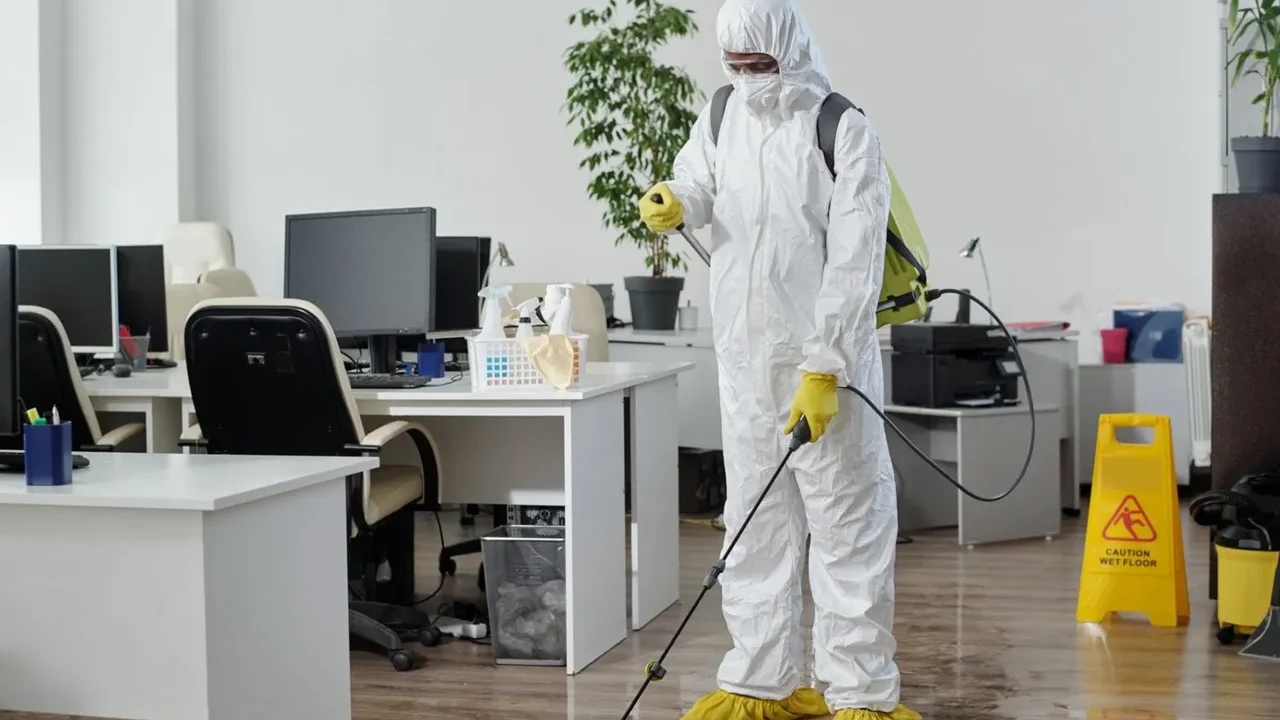Gutter Cleaning Services: Protecting Your Home from Damage

Why Gutter Cleaning is Essential for Home Maintenance and Preventing Water Damage
Okay, let's talk gutters. I know, not the most glamorous topic, but trust me, keeping those gutters clean is one of the smartest things you can do for your home. Think of them as your home's drainage system, channeling rainwater away from your foundation. When they're clogged with leaves, twigs, and all sorts of debris, that water has nowhere to go but everywhere else. And that's where the problems start.
Clogged gutters can lead to a whole host of issues, starting with water damage. We're talking about water seeping into your foundation, leading to cracks, leaks, and even structural problems. That's a HUGE headache (and a HUGE expense) you definitely want to avoid. Plus, standing water in clogged gutters is a breeding ground for mosquitoes – nobody wants that buzzing around their house! And let's not forget about the weight – a gutter full of wet leaves and debris can become incredibly heavy, potentially pulling away from your fascia boards, causing even more damage. So, yeah, gutter cleaning is kinda a big deal.
The Consequences of Neglecting Gutter Cleaning Regularity and the Importance of Professional Services
So, you might be thinking, "Okay, I get it. Gutters need cleaning. But how often?" Well, that depends on a few factors. If you live in an area with lots of trees, especially deciduous ones that shed their leaves in the fall, you'll probably need to clean your gutters at least twice a year – once in the spring and once in the fall. If you live in an area with fewer trees, you might be able to get away with cleaning them just once a year. But honestly, it's better to err on the side of caution. Regular cleaning prevents build-up and makes the job much easier.
Now, you might be tempted to DIY this project. And for some people, that's perfectly fine. But before you grab that ladder, consider a few things. First, safety. Ladders can be dangerous, especially if you're not comfortable working at heights. Second, time and effort. Gutter cleaning can be a messy and time-consuming job. And third, expertise. Professional gutter cleaners have the tools and experience to do the job quickly and efficiently, and they can also spot potential problems that you might miss.
For example, they can identify sagging gutters, loose hangers, or damaged downspouts. They can also clean the downspouts themselves, which is often overlooked. A clogged downspout can prevent water from draining properly, even if the gutters are clean. So, while DIY gutter cleaning might seem like a cost-effective option, hiring a professional can save you time, effort, and potentially a lot of money in the long run by preventing more serious damage.
Choosing the Right Gutter Cleaning Tools and Equipment for Effective Debris Removal and Maintenance
Alright, let's say you're determined to tackle this gutter cleaning thing yourself. That's cool! But you'll need the right tools for the job. Here's a rundown of some essential equipment:
- Ladder: A sturdy ladder is a MUST. Choose one that's tall enough to reach your gutters safely, and make sure it's placed on a stable surface. An extension ladder is often the best choice, but be sure to follow all safety precautions when using it.
- Gloves: Trust me, you'll want gloves. Gutters can be full of all sorts of nasty stuff, from decaying leaves to bird droppings. A good pair of waterproof gloves will protect your hands.
- Bucket: You'll need a bucket to collect the debris you scoop out of the gutters. A bucket with a hook is especially handy, as you can hang it from the ladder.
- Gutter Scoop: A gutter scoop is a small, handheld tool designed for scooping debris out of gutters. Look for one with a comfortable handle and a durable blade.
- Garden Hose with Nozzle: Once you've removed the bulk of the debris, use a garden hose with a nozzle to flush out any remaining dirt and grime. A nozzle with a strong spray setting is ideal.
- Gutter Cleaning Attachment (Optional): There are various gutter cleaning attachments available for garden hoses. These attachments can make it easier to reach difficult areas and provide a more thorough cleaning. Some attachments even have rotating brushes to scrub the gutters clean.
Product Recommendations:
- Gutter Getter Scoop: This is a popular and affordable gutter scoop made of durable plastic. It has a comfortable handle and a large scoop that makes it easy to remove debris quickly. Price: around $10-$15. Best for general gutter cleaning.
- Orbit Gutter Cleaning Wand: This attachment connects to your garden hose and allows you to clean gutters from the ground. It has an adjustable wand and a rotating nozzle that provides a powerful spray. Price: around $30-$40. Best for cleaning gutters without a ladder.
- Little Giant Ladder Systems Velocity Ladder: This is a versatile ladder that can be used in multiple configurations, including as an extension ladder, a stepladder, and a stairway ladder. It's made of durable aluminum and has a weight capacity of 300 pounds. Price: around $200-$300. Best for homeowners who need a versatile ladder for various tasks.
Gutter Cleaning Techniques and Best Practices for Safe and Effective Maintenance
Okay, you've got your tools, now let's talk technique. Start by setting up your ladder safely. Make sure it's on a level surface and that it's leaning against a stable part of the house. Never lean the ladder against the gutter itself, as this could damage it.
Put on your gloves and start scooping out the debris from the gutters. Work in small sections, filling your bucket as you go. Be careful not to overfill the bucket, as this can make it heavy and difficult to handle. Once you've removed the bulk of the debris, use your garden hose to flush out any remaining dirt and grime. Start at one end of the gutter and work your way to the other, making sure to spray the water downwards to avoid splashing yourself.
Pay special attention to the downspouts. Make sure they're clear of debris. If they're clogged, you can try using your garden hose to flush them out. If that doesn't work, you might need to use a plumber's snake to break up the clog. Once you've cleaned the gutters and downspouts, inspect them for any damage. Look for sagging gutters, loose hangers, or damaged downspouts. If you find any problems, repair them as soon as possible to prevent further damage.
Gutter Guard Systems A Comprehensive Comparison for Preventing Debris Accumulation and Reducing Cleaning Frequency
Want to avoid the whole gutter cleaning thing altogether? Consider installing gutter guards. Gutter guards are designed to prevent leaves and debris from entering your gutters, reducing the need for frequent cleaning. There are several different types of gutter guards available, each with its own pros and cons.
- Mesh Gutter Guards: These guards are made of fine mesh that allows water to flow through while blocking leaves and debris. They're relatively inexpensive and easy to install. However, they can become clogged over time, especially with small debris like pine needles.
- Foam Gutter Guards: These guards are made of foam that fills the gutter and prevents leaves and debris from entering. They're also relatively inexpensive and easy to install. However, they can also become clogged over time, and they may not be as effective at preventing small debris from entering.
- Brush Gutter Guards: These guards are made of bristles that stand up in the gutter and prevent leaves and debris from entering. They're easy to install and relatively effective at preventing debris from entering. However, they can be more expensive than mesh or foam gutter guards.
- Reverse Curve Gutter Guards: These guards have a curved design that allows water to flow into the gutter while preventing leaves and debris from entering. They're generally more expensive than other types of gutter guards, but they're also more effective at preventing debris from entering and require less maintenance.
Product Comparison and Pricing:
- LeafFilter Gutter Protection (Reverse Curve): Known for its micro-mesh design and professional installation. Very effective but also one of the most expensive options. Price: $20-$40 per linear foot installed.
- Gutterglove Pro (Mesh): A high-quality mesh gutter guard that’s durable and effective. Easier to install than LeafFilter but may require occasional cleaning. Price: $8-$15 per linear foot.
- Amerimax Home Products Lock-In Gutter Guard (Brush): A simple and affordable brush-style gutter guard. Easy to install but may not be as effective as mesh or reverse curve options. Price: $5-$10 per linear foot.
Recognizing and Addressing Common Gutter Problems Sagging Leaks and Corrosion for Long Term Structural Integrity
Even with regular cleaning and gutter guards, your gutters can still experience problems over time. Sagging gutters are a common issue, often caused by loose hangers or excessive weight. Loose hangers can be easily tightened or replaced. If the gutters are sagging due to excessive weight, you may need to reinforce them with additional hangers.
Leaks are another common problem, often caused by damaged seams or cracks. Small leaks can often be repaired with gutter sealant. Larger leaks may require patching or replacing the damaged section of gutter. Corrosion can also be a problem, especially in areas with harsh weather conditions. Corroded gutters should be replaced to prevent further damage.
Regular inspection and maintenance can help you identify and address these problems before they become more serious. Check your gutters at least twice a year for any signs of damage or wear and tear. Repair any problems as soon as possible to prevent further damage and extend the life of your gutters.
The Environmental Benefits of Proper Gutter Maintenance Reducing Water Waste and Preventing Soil Erosion
Beyond protecting your home from water damage, proper gutter maintenance also has environmental benefits. By preventing water from overflowing and pooling around your foundation, you can reduce water waste and prevent soil erosion. Standing water can also attract mosquitoes and other pests, which can be harmful to the environment.
Properly functioning gutters help to direct rainwater away from your home and into designated drainage areas. This can help to replenish groundwater supplies and reduce the risk of flooding. By keeping your gutters clean and well-maintained, you can contribute to a healthier environment.
DIY vs Professional Gutter Cleaning Weighing the Costs Benefits and Safety Considerations
So, we've covered a lot about gutter cleaning. But you're still wondering, should you do it yourself or call in the pros? Let's break it down.
DIY:
- Pros: Cheaper upfront. You're in control of the schedule.
- Cons: Time-consuming. Can be dangerous if you're not comfortable on a ladder. Requires you to buy and store equipment. You might miss underlying problems a professional would spot.
Professional:
- Pros: Saves you time and effort. Safer, as they have the proper equipment and experience. They can identify and address potential problems. Often includes gutter inspection and minor repairs.
- Cons: More expensive. Requires scheduling. You need to find a reputable company.
Ultimately, the best choice depends on your individual circumstances. If you're comfortable working on a ladder, have the time and equipment, and are confident in your ability to do a thorough job, DIY gutter cleaning might be a good option. But if you're not comfortable with heights, don't have the time or equipment, or want the peace of mind of knowing that the job is being done right, hiring a professional is the way to go.
:max_bytes(150000):strip_icc()/277019-baked-pork-chops-with-cream-of-mushroom-soup-DDMFS-beauty-4x3-BG-7505-5762b731cf30447d9cbbbbbf387beafa.jpg)






